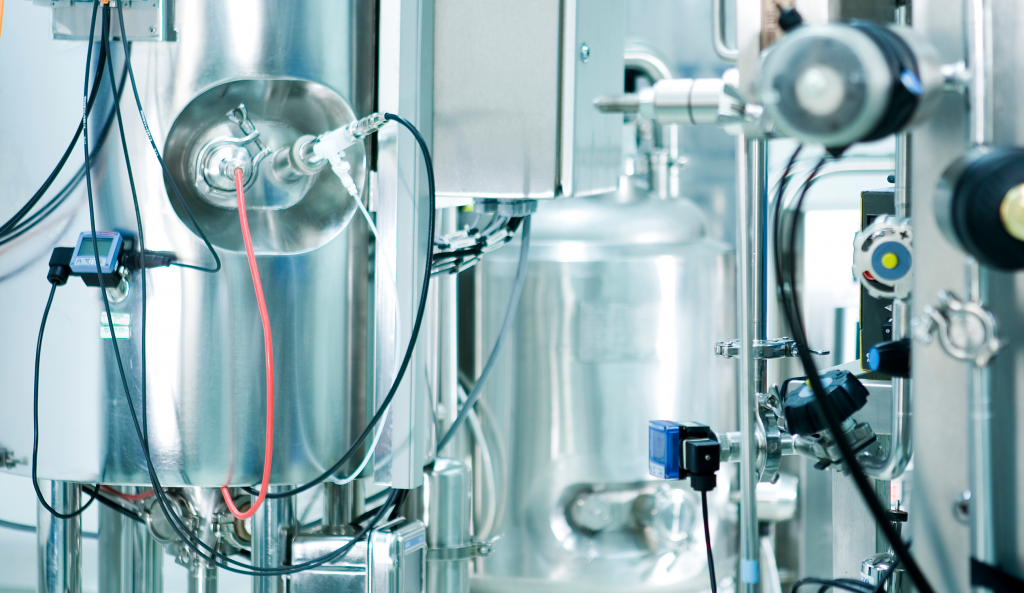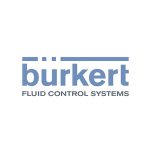Food Processors still buy equipment based on price and ROI but what about food safety?
Many food processors still buy equipment based on price and ROI but what about food safety? In this article, Ian Webster, Field Segment Manager – Hygienic Processing for Bürkert, gives us his opinion.
Minimising production costs is a key factor in remaining profitable for any food processing business. That means selecting the most cost effective solution when investing in process equipment. If you take an overall perspective of costs; including those potentially included in downtime, production errors, waste, recalls and even prosecutions, then the decision making process leans heavily towards specifying the best quality components and design available. That is because the purchase cost and ROI of the investment is potentially dwarfed by the secondary factors should there be a food safety issue.
Food safety regulations
Compliance is not enough; every process is different and regulations are generic by their nature. Food safety and hygiene has to be factored-in in a pro-active way to ensure real profitability is protected. This may include specifying better quality materials, better components and better process design. Whether it is a new line, or a retrofit situation, spending a bit more at this stage usually pays massive dividends later. Often, decisions made on initial purchase price and immediate ROI alone mask the real cost of downtime, wastage and the other knock-ons of food safety issues.
Food processors in general are becoming more focussed on hygiene standards and the latest food safety regulations coming from Europe. In order to stay in business, they must meet a range of standards, including those specific to the main retailer of their products. The ever-increasing demands of consumers, and the rising liabilities of food retailers, have led to the increased requirement to improve standards. But there are a number of standards and schemes in place; everything from European legislation and EHEDG certification to local standards enforced by the dominant customer.
However, with regular audits (both planned and unannounced), plus good quality process and automation equipment, it is increasingly possible to adopt a manufacturing process that is robust and yet flexible.
Food processing equipment
It is undoubtedly a major challenge for food processors to keep up-to-date with the latest round of standards that will enable them to maintain their customer portfolio. With major retailers keen to promote the high standards of their suppliers, it is essential to keep pace with design improvements that will benefit the business now and in the future.
A key aspect to compliance with standards is recording the necessary data, which requires a number of sensors to be strategically positioned throughout the manufacturing process. Take, for example, a pH sensor which is commonly used in many food processing applications.
Many of the more common glass pH electrodes are not suitable for food applications due to the risk of broken glass fragments contaminating the process. Therefore, selecting an alternative design is essential but consideration should also be made for other processes that may need to be integrated in the future.
The implementation of clean-in-place (CIP) and steam-in-place (SIP) processes can involve considerable investment, along with the necessary systems to monitor and record the actual process implementation. However, many pH sensors need to be removed from the process stream before the CIP/SIP process can be completed. This requires expensive retraction systems to be employed, creating extra work, costs and inconvenience for the processor.
Flexible approach needed to meet standards
Clearly the choices made during the design stage of a project can have significant implications on the ability of the process to be adapted for future requirements. Taking a longer term approach, that enables further development of a processing line with minimal restructuring, will deliver reduced capital spending while also maintaining the required industry standards.
The future of food processing is being driven by the major retailers and this can only mean more stringent standards that will be enforced through regular audits and inspections. In order to keep pace with these inevitable changes, manufacturers and producers will need to maintain a flexible approach and make use of the available design expertise that is offered by the process control sector.
For more information about Bürkert’s complete range of pH measuring products, please visit www.burkert.co.uk or phone +44 (0) 1285 648720.
Get the latest process industry news
Interested in receiving even more industry-leading news from Process Industry Forum delivered directly to your inbox? Then sign up to our free newsletter. Bringing you the latest news, trends, innovations and opinion from across the process industry, our exclusive newsletter gives you all the industry insights of the moment in one, easy-to-digest bulletin. Stay ahead of the competition with regular process industry news instalments from PIF.


